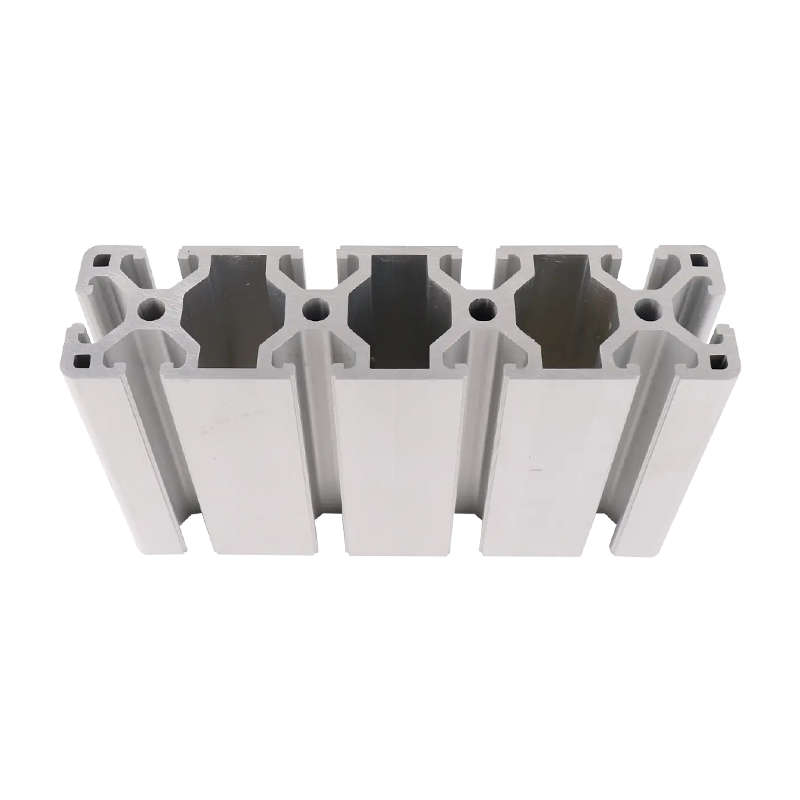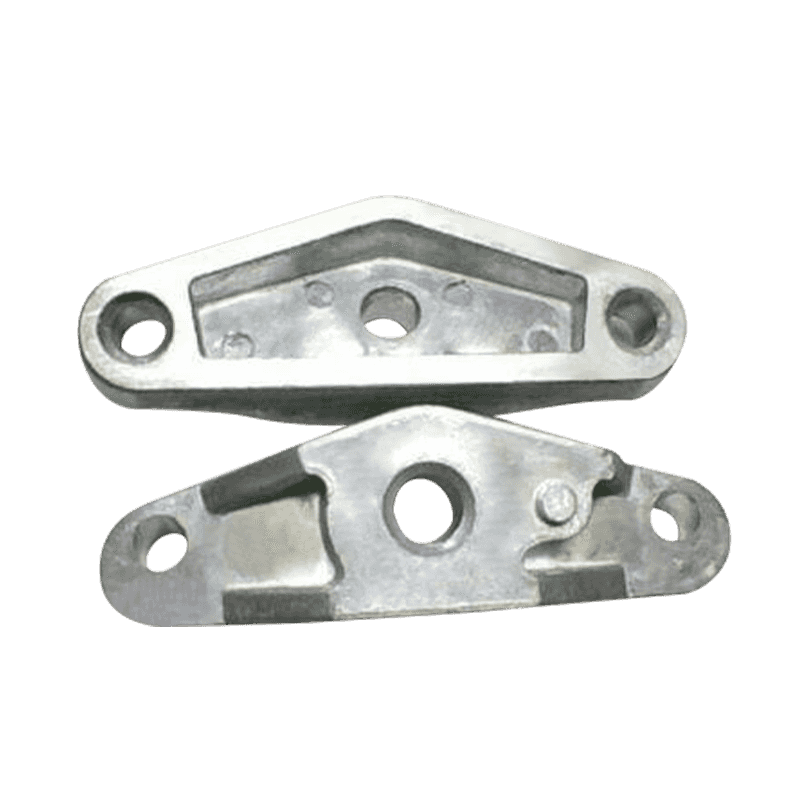How to maintain and clean lead die casting molds?
10-06-2025Necessity of lead die-casting mold maintenance
Lead die-casting molds are crucial tools in the production of lead alloy molding. Their structural accuracy, surface state and heat treatment conditions directly affect the quality and production efficiency of die-castings. When operating under high temperature, high pressure, repeated opening and closing, the mold is prone to wear, cracks, carbon deposits and corrosion. If there is a lack of regular maintenance and cleaning, the life of the mold will be greatly shortened, and the stability of lead die-castings will also be affected. Formulating a reasonable mold maintenance plan can not only maintain the quality of die-casting, but also help control production costs. It is an important part of the daily management of lead die-casting companies.
Daily maintenance content and operation points
1. Preparation inspection before production
Before each die-casting operation, the mold should be fully inspected, including the mold's positioning pins, parting surfaces, exhaust grooves and gate systems. Only after confirming that there are no cracks, no blockages, and no foreign matter residues, can the production state be entered. At the same time, it is also necessary to check whether the mold cooling system is unobstructed to ensure cooling efficiency.
2. Lubrication management during production
During the die-casting process, a special release agent should be sprayed on the mold surface regularly. Lubrication can reduce metal sticking to the mold, slow down mold surface wear, and extend mold life. The release agent should be sprayed evenly to avoid carbon deposition. It is recommended to control the spraying frequency according to the mold temperature to prevent overcooling or fouling.
3. Periodic temperature monitoring
The mold is prone to thermal cracks when running at high temperatures. A mold temperature monitoring device must be set to ensure that it runs within a reasonable range. Molds with abnormal temperature fluctuations should be stopped and checked in time to avoid further damage.
Methods and steps for mold cleaning
1. Preliminary cleaning after shutdown
After production is completed, when the mold temperature drops to a safe range (generally below 100°C), a soft cloth or plastic scraper can be used to remove metal particles, release agent residues and carbon deposits remaining on the mold surface to prevent them from hardening and forming an adhesion layer after the mold cools down.
2. Carbon deposition and oil treatment
For stubborn carbon deposition, a special mold cleaning agent can be used for spraying treatment, and a soft brush or copper brush can be used for light brushing. Avoid using hard objects such as steel wool to avoid scratching the mold surface.
3. Internal flushing of the cooling system
The water or oil circuit of the mold is prone to impurities deposited inside, which may affect the heat dissipation effect. It is recommended to use scale cleaner or air compressor system to flush the pipeline regularly to ensure internal unobstructedness and help stabilize the mold temperature.
4. Fine maintenance of disassembled parts
The movable parts of the mold (such as sliders, ejectors, guide pins) should be disassembled and cleaned regularly, and high-temperature grease should be applied to prevent biting or jamming. If looseness or wear is found, the relevant parts should be replaced in time.
5. Surface anti-rust treatment
After cleaning, spray anti-rust oil evenly on the surface of the mold, especially for molds that have not been used for a long time, which should be tightly coated. The mold should also be dried before storage to avoid corrosion caused by residual moisture.
Recommendations for regular maintenance and maintenance plans
The company should formulate corresponding maintenance cycles based on the frequency of mold use, die-casting conditions and mold life stages:
* Daily maintenance: clean the mold surface and replace lubricating parts after each shift.
* Weekly maintenance: disassemble the cooling system and check the mold locking device.
*Monthly maintenance: comprehensive disassembly and inspection, grinding of exhaust grooves, measurement of matching dimensions, and repair of minor wear.
*Overhaul and maintenance: When the precision of die-casting parts decreases or the cumulative output of the mold reaches the expected life percentage, the overall renovation is carried out, including mold surface polishing, hardened layer repair, crack treatment, etc.
Through the above multi-level maintenance plan, the wear rhythm of the mold can be effectively controlled and the stability of die-casting production can be guaranteed.
Precautions and management suggestions
1. Establish mold files
Establish usage records for each set of molds, including production times, maintenance frequency, maintenance history, etc., to facilitate tracking of fault causes and reasonable maintenance plans.
2. Operator training
Mold cleaning and maintenance operations must be performed by personnel with professional knowledge to avoid mold damage caused by improper methods. It is recommended to organize training regularly to improve the standardization of operations.
3. Maintenance equipment matching
Equipped with special mold cleaning equipment (such as ultrasonic cleaning machine, sandblasting machine, decarburization furnace, etc.) can improve cleaning efficiency and effect, especially for complex structure molds.
Are You Interested In Our Products
Leave your name and email address to get our prices and details immediately.

 English
English 中文简体
中文简体 Deutsch
Deutsch русский
русский















